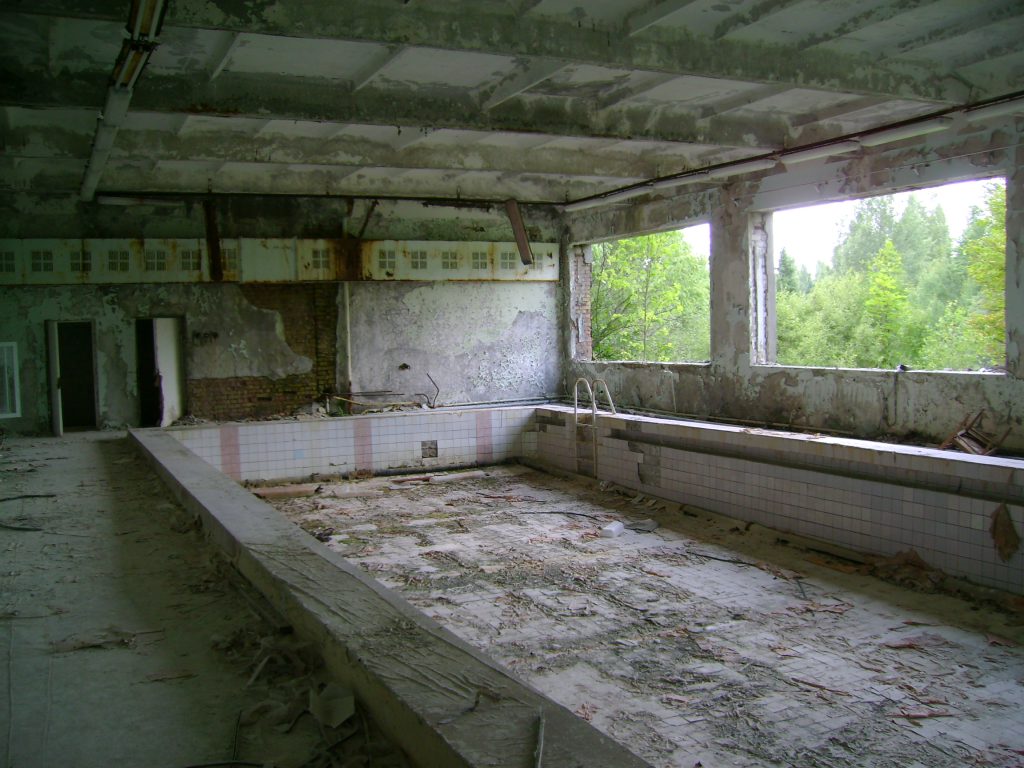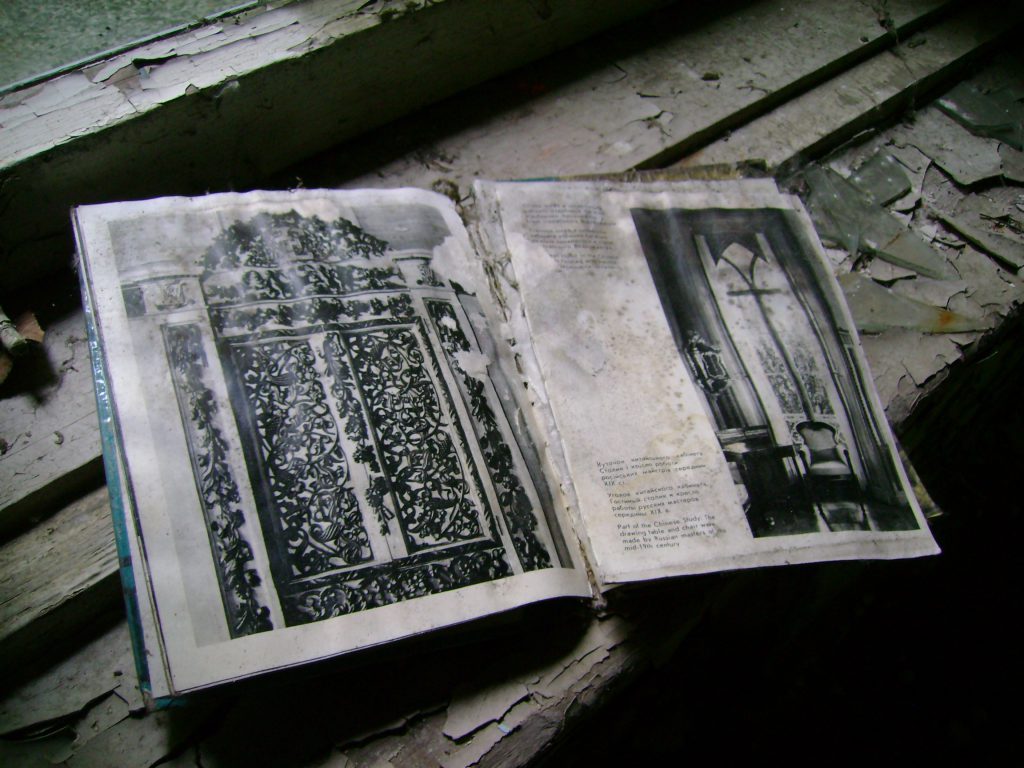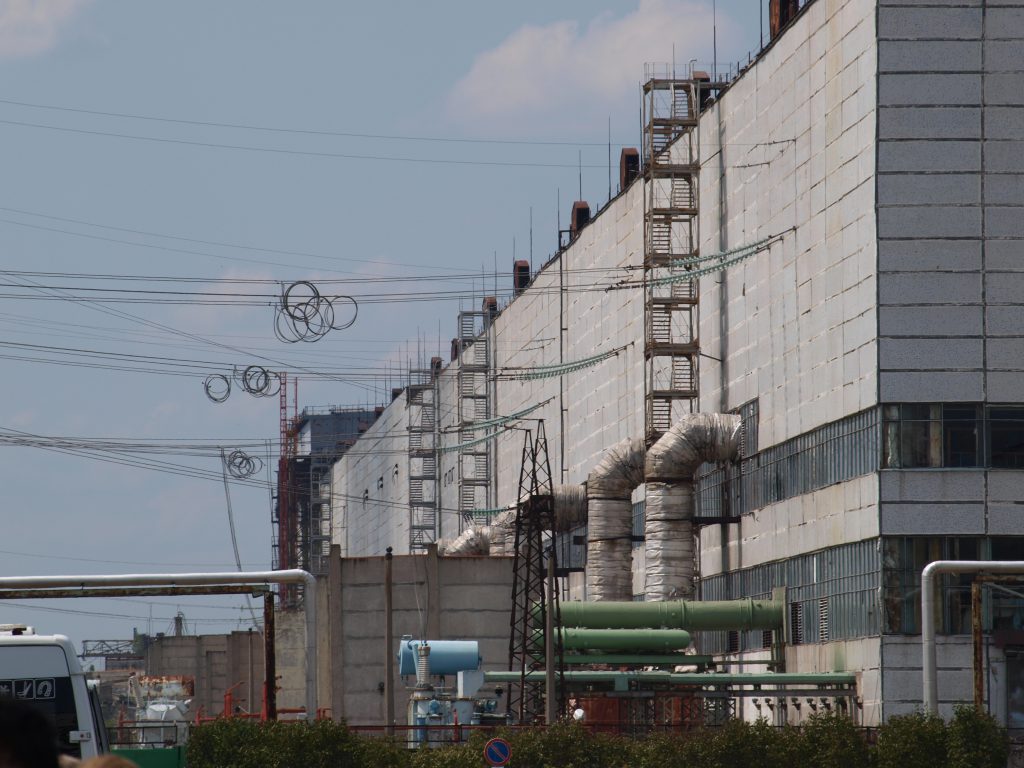The designer of Chernobyl, Mon Amour Juhana Pettersson writes about the game now that an English version is in crowdfunding. Check the campaign here!
Sometimes I suspect that in our Helsinki-based roleplaying scene we were all played for fools. We got those early roleplaying books which said:
“It’s not about winning or losing!”
“The point is to play your character in a fictional world.”
“The golden rule is you can change anything to fit your game.”
And like the chumps we were, we believed all of it! In fact, we based much of our understanding of what roleplaying is on these statements. Character-based, with the play itself as the goal instead of competition or even rules-based challenge.
My first roleplaying game was red box D&D. In high school I switched to Vampire: the Masquerade. For a long time, I thought that my roleplaying history was fairly average: I had played the most defining games of each era.
However, travel, contact with people from other roleplaying scenes, online discussions and going to cons has led me to suspect that the way we started to play these American roleplaying games was fundamentally different from how they were intended to be played.
Culture
For me, these statements about what roleplaying was supposed to be, often found early in a game book, were the definitive truth about the artform. Everything on the following pages, the rules, the mechanics, could be discarded if they conflicted with the vision of the game as a personal, character-based experience.
I have come to suspect that for their designers, it wasn’t quite like this. Maybe for them, these statements were more a spice, a little extra to help the player to engage with the true substance of the game: The system. What I took to be the truth was actually just rhetoric.
This illustrates the importance of play culture. Games are communicated through the text in a roleplaying game book, but also through the culture absorbed by playing with other people. Thus, I read the same book as people the world over, but my understanding of how that book should be used was shaped by the specific values of the scene I was in.
What’s more, for years I didn’t really even grasp this, instead assuming that every scene played like we did. After all, we played the same games.
System Doesn’t Matter
The values implications of taking all that rhetoric seriously are immense. There’s a classic Forge slogan which says: System Matters. In a profound way, in my scene, System Doesn’t Matter. The game is created by the GM and the players, and the system is just a tool. The system is most emphatically not the totality of the game, and sometimes it can be used or ignored, depending on the needs of the moment.
The system can be fun to interact with, but the main enjoyment of the game doesn’t come from the system. Rather, it comes from the interactions and social situations played in the game in a more freeform style. A common sign of this playstyle is when you say things like: “We didn’t use the dice once during the game.”
Another sign is when people start discarding experience points as a mechanic even if they use an established system. This is pretty common in my specific scene because XP perpetuates mechanics-based thinking instead of focusing from the character and the direct experience of the game. It becomes an impediment with little added value.
(Just to be clear, I’m not bashing XP in a general sense. Just in the context of my specific way of playing. In many playstyles, it’s a great tool.)
Why Call It a Game?
If the play is freeform-based, the characters don’t have stats and even challenge-style scenarios are not really about succeeding but rather just the experience and the excitement, why do I still call Chernobyl, Mon Amour a game?
For me, the reasons have a lot to do with the roleplaying scene and my personal history. I love roleplaying game books and I’m something of a collector. I often use established games for raw materials when running my own campaign even if I rarely run anything straight out of the book. Despite stylistic differences, I feel strongly connected to the scene both in my small corner of the world and in a wider sense.
Despite it’s freeform nature, Chernobyl, Mon Amour is directly connected all the way back to my first experiences with D&D. Although the experience is different from many other published games, to me it’s still part of the same broad family of roleplaying games.
Thus, for me the use of the word “game” is not about definitions or theory, but community and lineage. Without D&D and my roleplaying community, this book would not exist.


